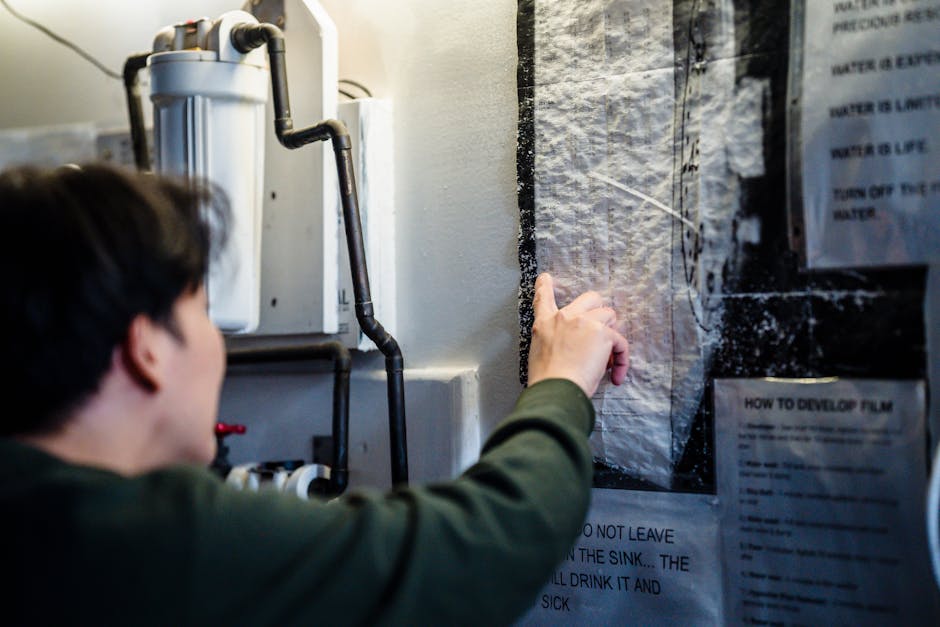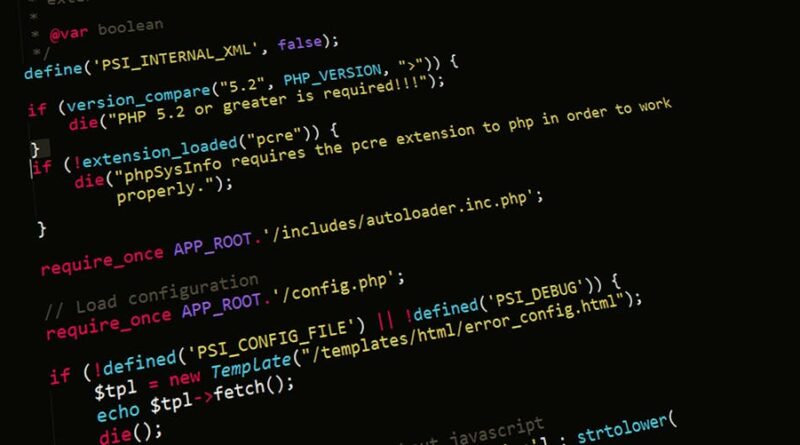Mastering Server-Side Development Techniques
Have you ever wondered how websites handle your requests so quickly? The answer lies in server-side development. This behind-the-scenes process is crucial for building dynamic web applications. Lets dive into the essential techniques and concepts that can help you master server-side development.
What Is Server-Side Development?

Server-side development refers to the operations that happen on the server rather than on the user’s device. When you click a button on a website, a request goes to the server. The server processes this request and sends back data, which your browser displays. This is like ordering food at a restaurantthe kitchen (server) prepares your meal (data) after you place your order (request).
Why Is Server-Side Development Important?

Understanding server-side development is essential for web developers. It allows you to:
- Create dynamic content that changes based on user interaction.
- Store and manage data securely.
- Optimize performance to ensure fast loading times.
- Build scalable applications that can handle many users.
In fact, a report by Google shows that 53% of mobile users abandon sites that take longer than three seconds to load. Clearly, server-side efficiency matters!
What Skills Do You Need?

To become proficient in server-side development, focus on these key skills:
- Programming Languages: Familiarize yourself with languages like Node.js, Python, Ruby, and PHP. Each has it’s strengths and is suited for different tasks.
- Database Management: Learn how to use databases like MySQL, MongoDB, or PostgreSQL to store and retrieve data.
- APIs: Understand how to create and use APIs (Application Programming Interfaces) for communication between different software parts.
- Frameworks: Explore frameworks like Express.js for Node.js or Django for Python to speed up your development process.
These skills will help you build robust applications that users love.
How Do You Choose the Right Language?

Choosing a programming language can seem overwhelming. Heres a simple breakdown:
- Node.js: Great for real-time applications, like chat apps. It uses JavaScript, which many developers already know.
- Python: Known for it’s readability and simplicity. It’s excellent for beginners and widely used in data science.
- Ruby: Focuses on simplicity and productivity. It’s popular for web applications, especially with the Ruby on Rails framework.
- PHP: A veteran in server-side development. It powers many content management systems like WordPress.
Think about what you want to build. This will guide your choice.
What Are Frameworks and Why Use Them?
Frameworks are collections of pre-written code that help streamline the development process. They provide a structure for your code, making it easier to build applications without starting from scratch. Think of a framework like a recipe: it guides you on what ingredients to use and how to combine them to create a delicious dish.
Here are some popular frameworks to consider:
- Express.js: A fast, unopinionated web framework for Node.js. It’s great for building APIs and web apps.
- Django: A high-level Python framework that encourages rapid development. It’s perfect for building secure and scalable web applications.
- Ruby on Rails: A framework that emphasizes convention over configuration, allowing for quick development.
- Laravel: A PHP framework known for it’s elegant syntax and robust features.
Using a framework can save you time and help you avoid common pitfalls.
How Do Databases Fit In?
Databases are where your application stores information. When a user logs in, their details need to be retrieved from a database. There are two main types of databases:
- Relational Databases: Use structured tables to store data. they’re excellent for data integrity. Examples include MySQL and PostgreSQL.
- NoSQL Databases: More flexible and can handle unstructured data. Great for handling large volumes of data. MongoDB is a popular choice.
Choosing the right database depends on your applications needs. Think about how you want to organize your data.
What About APIs?
APIs are essential for server-side development. They allow different software systems to communicate with each other. When you use a weather app, for instance, it fetches data from a weather API to show you current conditions.
Heres what to remember about APIs:
- APIs can be RESTful or GraphQL. RESTful APIs use standard HTTP methods, while GraphQL allows more flexibility in queries.
- APIs enable you to integrate third-party services, like payment gateways or social media logins.
- Learning to create and consume APIs is a vital skill for any server-side developer.
How Do You Optimize Server Performance?
Performance optimization ensures your application runs smoothly, even under load. Here are some techniques to consider:
- Caching: Store frequently requested data in memory. This speeds up response times. Tools like Redis can help.
- Load Balancing: Distribute incoming traffic across multiple servers to prevent overload.
- Asynchronous Processing: Handle tasks in the background. This keeps the user interface responsive.
By implementing these strategies, you can create a fast, efficient application.
Common Misconceptions About Server-Side Development
Many people have misconceptions about server-side development. Lets clear a few up:
- it’s only for experts: Anyone can learn server-side programming with practice and patience.
- Client-side is more important: Both client-side and server-side are equally important. They work together to deliver a seamless experience.
- All programming languages are the same: Each language has it’s strengths and use cases. it’s essential to choose the right one for your project.
What Are the Best Resources to Learn?
As you embark on your server-side development journey, access to quality resources is crucial. Here are some recommended sites:
- FreeCodeCamp: Offers free coding tutorials, including server-side development.
- Codecademy: Interactive courses that include server-side languages.
- Udemy: A marketplace for courses on various programming languages and frameworks.
Take advantage of online communities like Stack Overflow and GitHub for support and collaboration.
How Can You Apply What Youve Learned?
Now that you have a foundation, start building! Here are some tips:
- Start Small: Build a simple web application, like a to-do list, to practice your skills.
- Contribute to Open Source: Join projects on GitHub to gain real-world experience.
- Keep Learning: Stay updated with trends and technologies in the industry.
Remember, practice makes perfect. The more you code, the more confident you’ll become.
Conclusion: Your Path to Mastery
Mastering server-side development techniques opens doors to exciting opportunities. Equip yourself with the right skills, choose the appropriate tools, and continually refine your knowledge. With dedication and practice, youll be able to create powerful, efficient web applications.
Are you ready to embark on your server-side development journey? Start today, and transform your ideas into reality!
For more insights on web development, check out our post on Understanding Client-Side Development.



